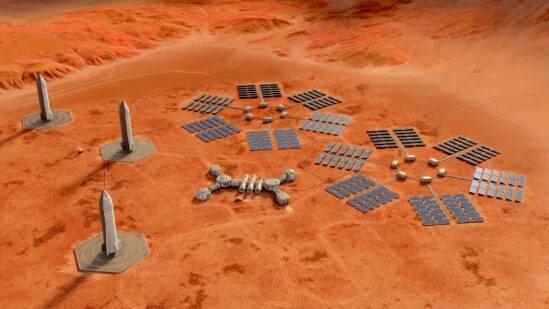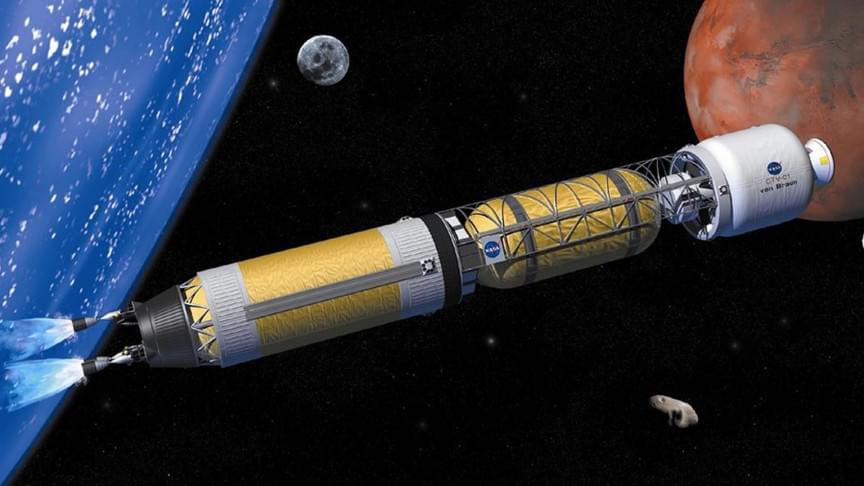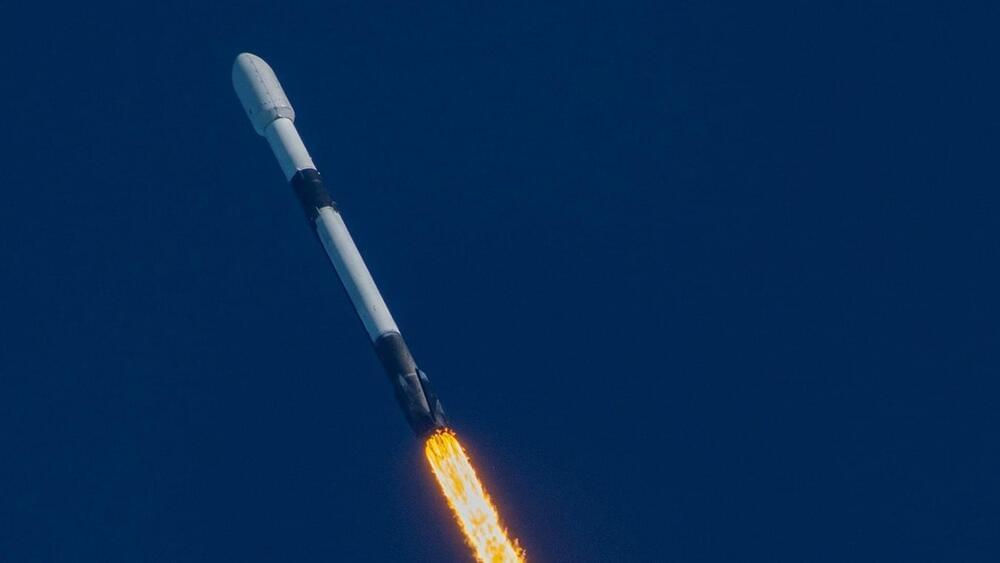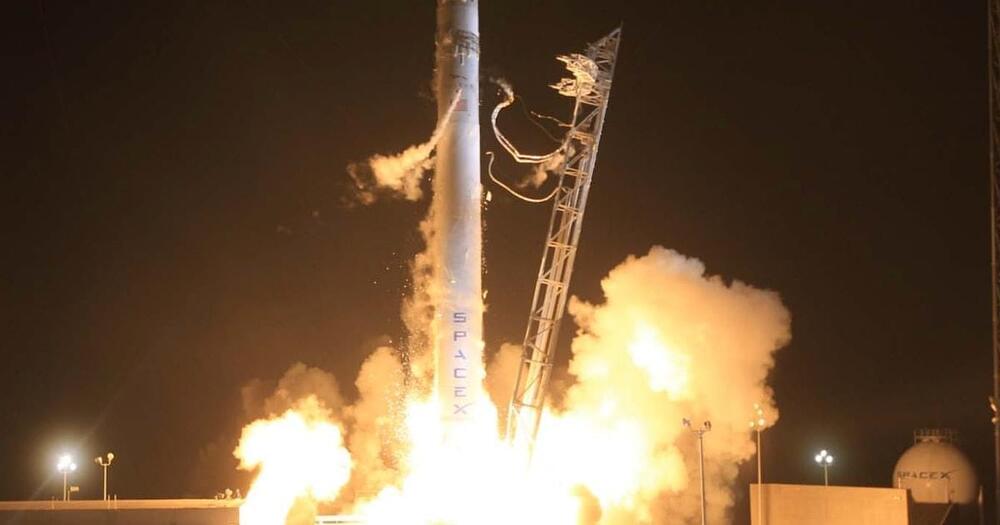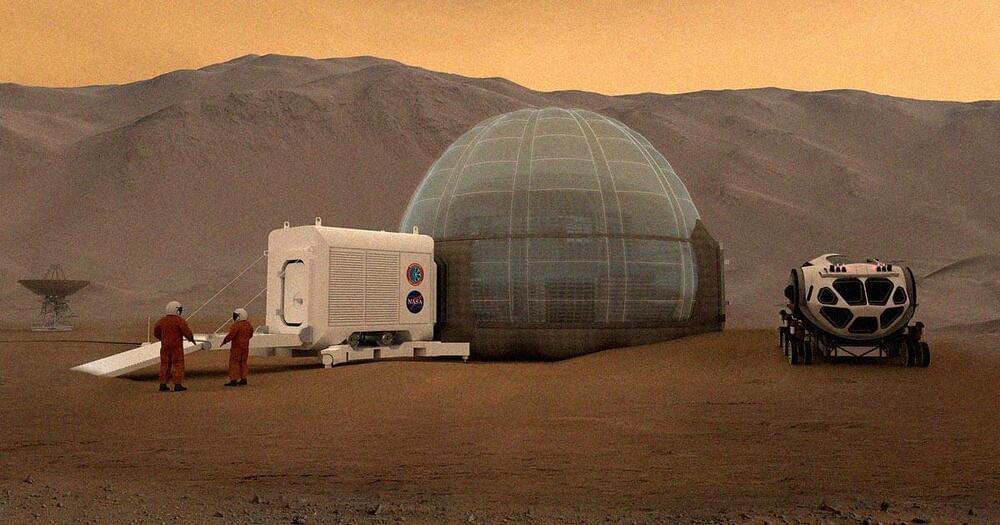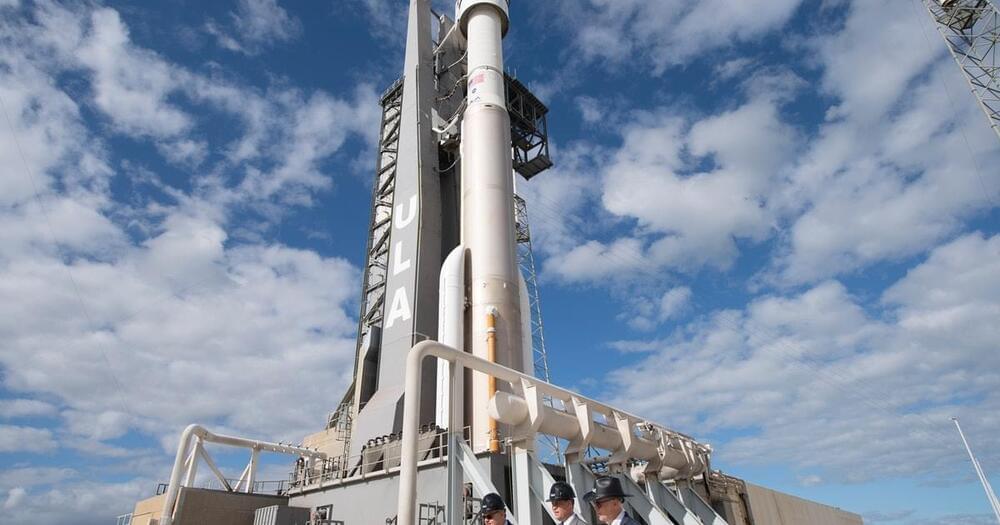
Space today is a three-horse race with the US, China, and SpaceX in the lead. Russia’s Roscosmos is falling back while ESA, Japan’s JAXA, and India’s ISRO are trying to make a run.
“There’s going to be a new world order out there, and we’ve got to lead it,” US President Joe Biden said after Russia’s war in Ukraine upended global geopolitics. Far from Earth, that transition is already happening.
Just like in the era of Sputnik and Apollo more than half a century ago, world leaders are again racing to achieve dominance in outer space. But there’s one big difference: Whereas the US and the Soviet Union hashed out a common set of rules at the United Nations, this time around the world’s top superpowers can’t even agree on basic principles to govern the next generation of space activity.
Continue reading “China, US Are Racing to Make Billions From Mining the Moon’s Minerals” »
